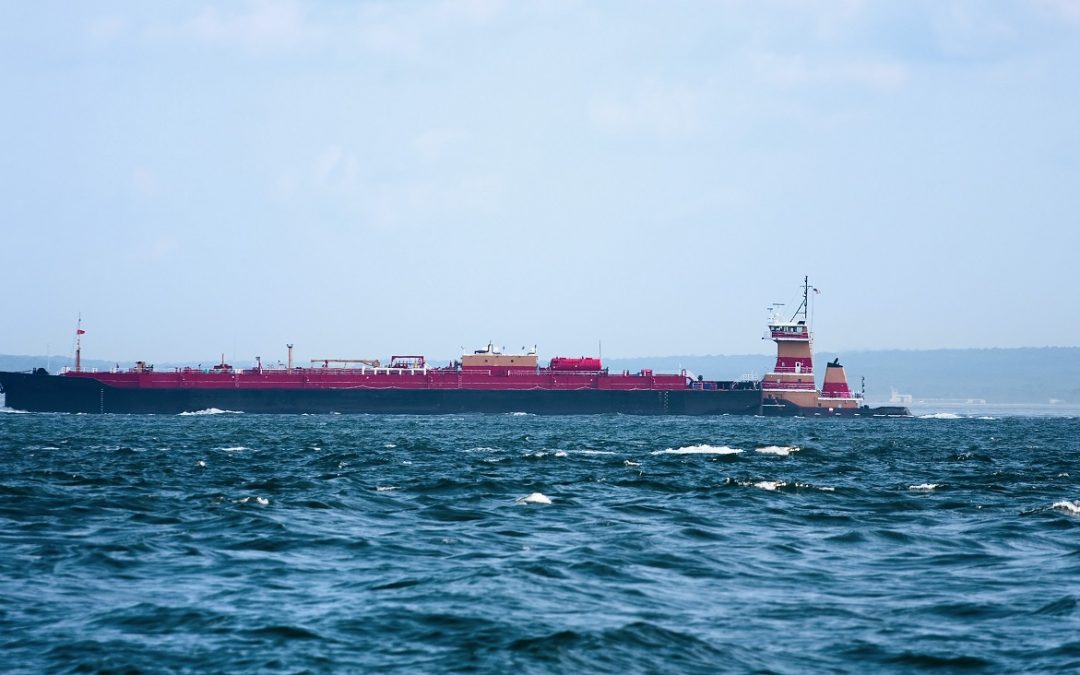The strength in Asian naphtha took a sharp dip at the start of the trading cycle for H1 December delivery into North Asia as end-users are in no rush to purchase due to ample supply, market sources said.
“Oman’s Duqm refinery seems in full operation, [adding] three LR1-size cargo per month,” a Singapore-based naphtha trader said. Typically, an LR1 tanker carries 55,000 mt of naphtha.
Also, Middle Eastern naphtha supplies would be bolstered by production from Kuwait’s Al-Zour refinery, which was slated to ramp up to its full 615,000 b/d crude processing capacity around mid-October, S&P Global Commodity Insights previously reported.
Reflecting the drop in market strength, the CFR Japan naphtha physical crack spread against front month ICE Brent crude futures plunged 175.48% week on week to minus $16.83/mt at the Oct. 16 Asian close, S&P Global data showed.
“With refinery runs expected to stay elevated through year-end on healthy refining margins, regional production will remain ample,” said Aaron Cheong, senior feedstock analyst at S&P Global Commodity Insights. “In addition, with arbitrage volumes from the West projected to rise with the end of maintenance season and weak demand, these will put further pressure on naphtha supply in Asia especially at a time of weak downstream petrochemical consumption.”
Demand-side fundamentals remain depressed as olefin producers saw margins stay below typical breakeven levels, market sources said. Platts assessed the key CFR Northeast Asia ethylene to C+F Japan naphtha cargo spread at $219.50/mt Oct. 16, S&P Global data showed, below the typical breakeven spread of $250/mt for integrated producers and $300-$350/mt for non-integrated producers.
“Physically, naphtha is weak due to cracker [demand] … gasoline is out of [peak demand] season, so the heavy virgin naphtha supply is sufficient,” the trader added.
Most naphtha-fed steam crackers were operating at 70%-75% this year, remaining at reduced run rates due to a lack of recovery in the downstream sector, sources said.
The narrowing swap backwardation was due to softer market sentiment, as the Month1-Month2 Mean of Platts Japan naphtha time spread reached $1/mt on Oct. 13 and Oct. 16, narrower from $4.25/mt at the start of the month, S&P Global data showed.
Emerging bearishness surrounding early-2024 weighed on the Platts-assessed Q1 2024-Q2 2024 MOPJ naphtha derivative time spread, which was assessed at an average of $17.08/mt over Oct. 1-16, narrowing $1.59/mt, or 8.52%, from September’s average of $18.67/mt, S&P Global data showed.
“Oversupply remains the key issue for the olefins sector, and this is expected to continue beyond 2024, unless sufficient capacity rationalization occurs to bring margins and operating rates back to sustainable levels. As such, steam cracker runs will be on reduced rates which will negatively impact feedstock demand,” said Cheong.
The CFR Japan naphtha paper crack spread against Brent slumped 232% on the week to minus $16.83/mt at the Asian close Oct. 16, S&P Global data showed.
Source: Hellenic Shipping News





